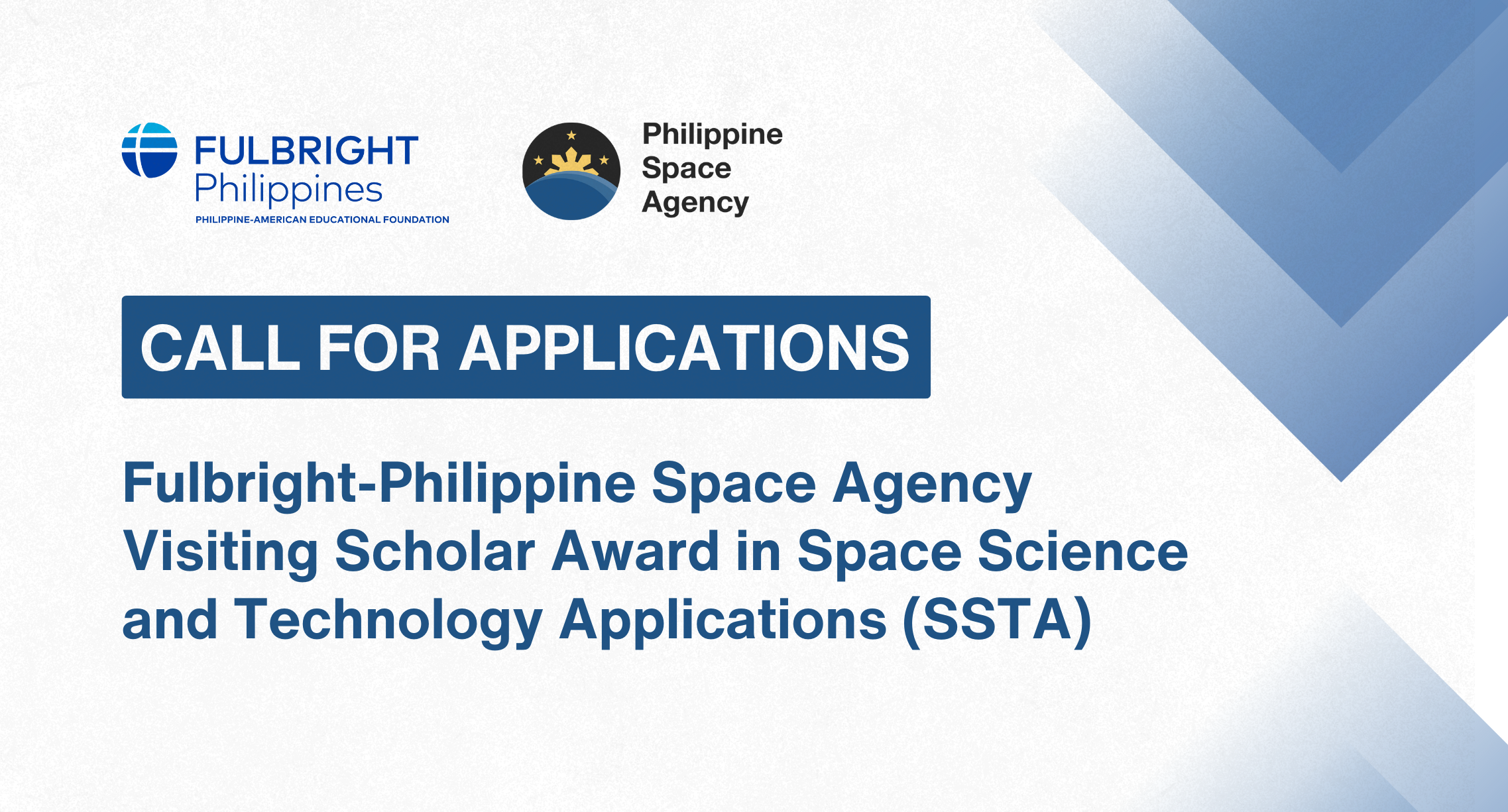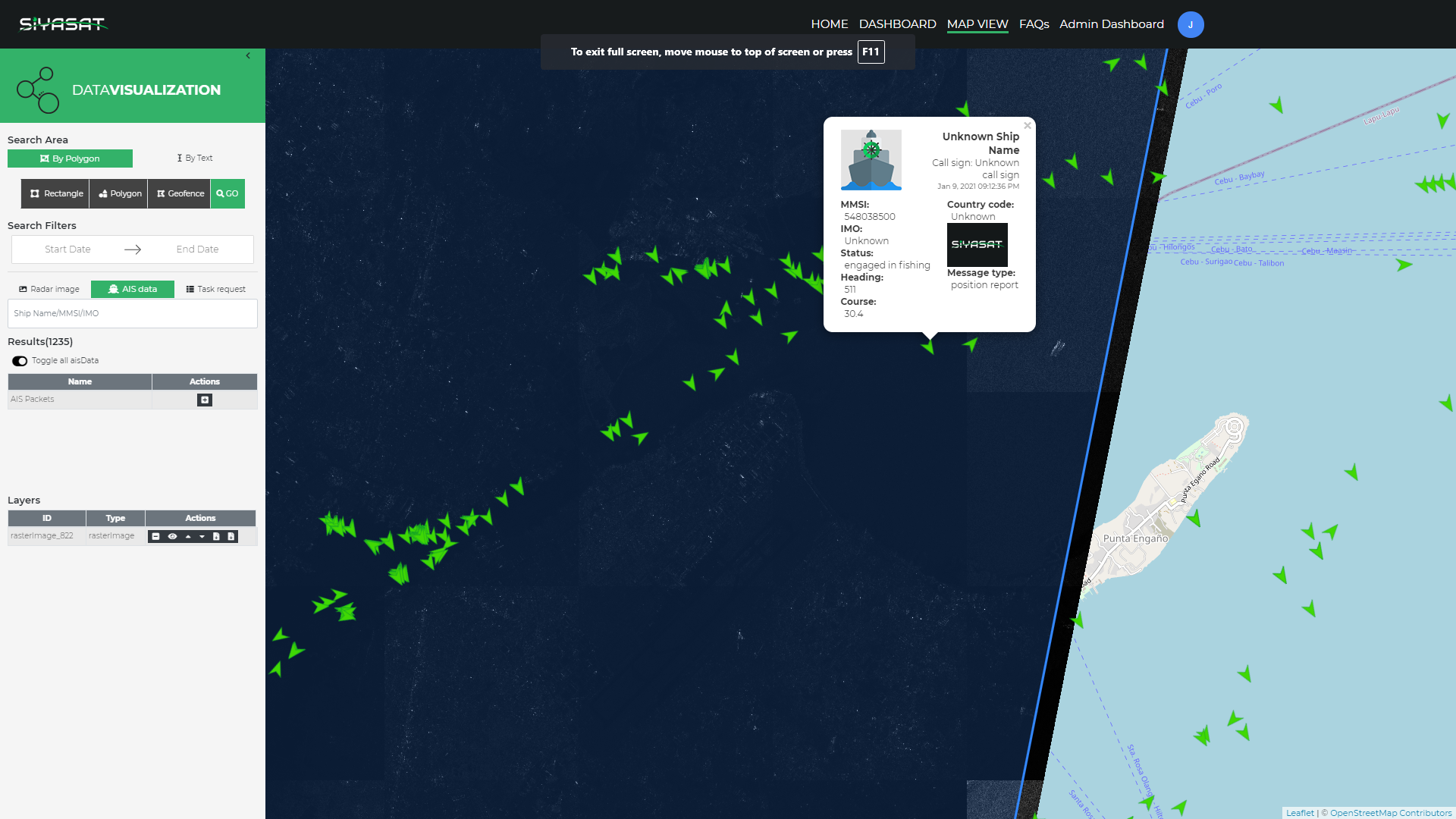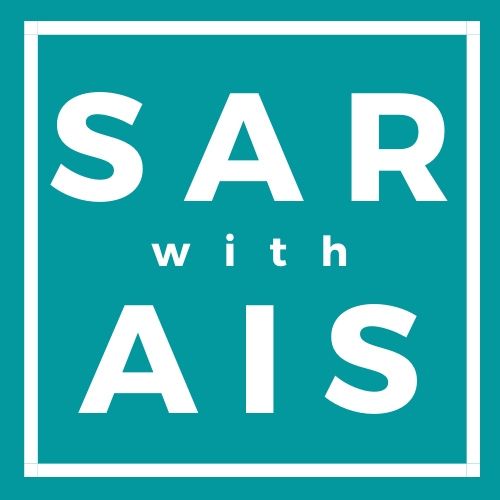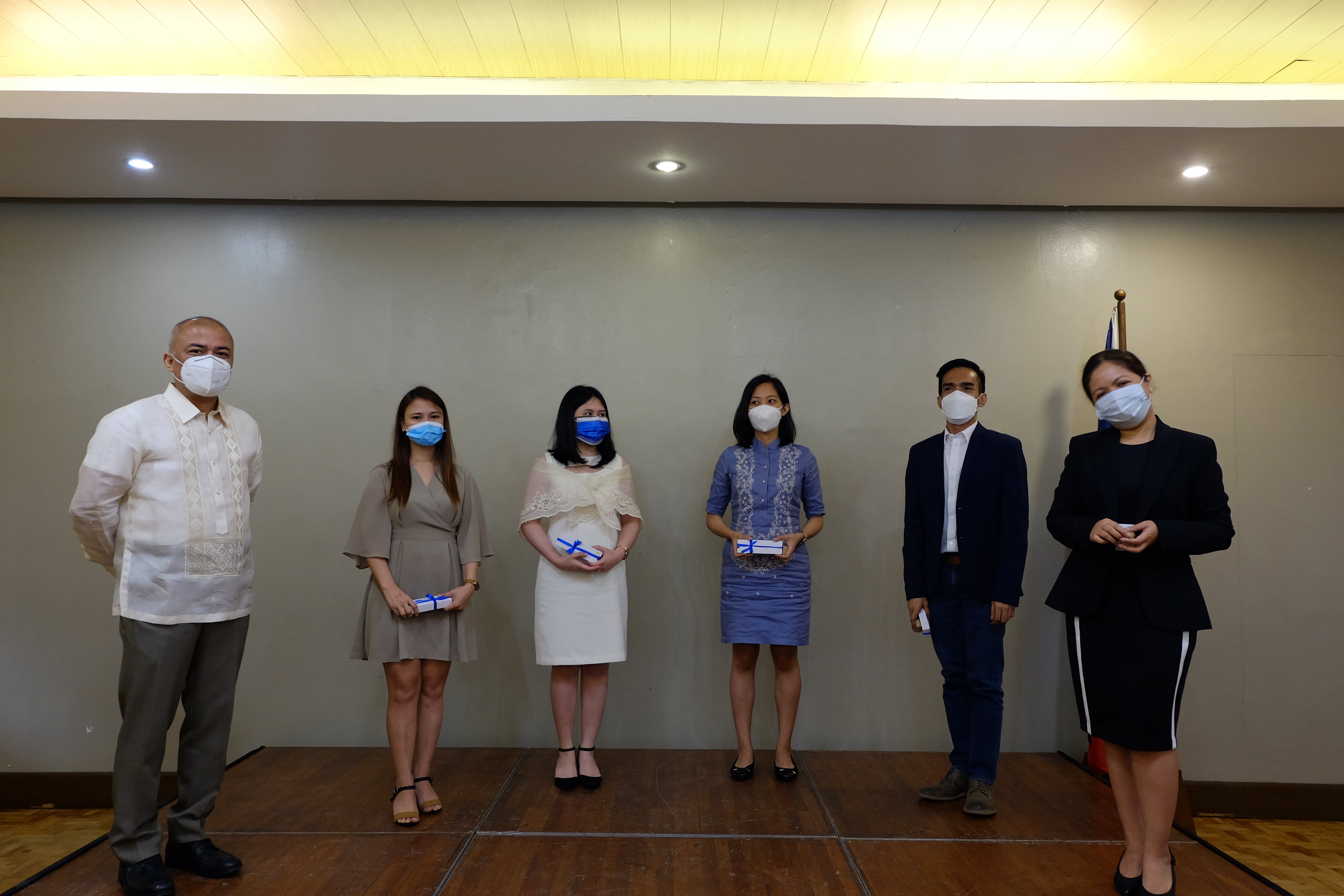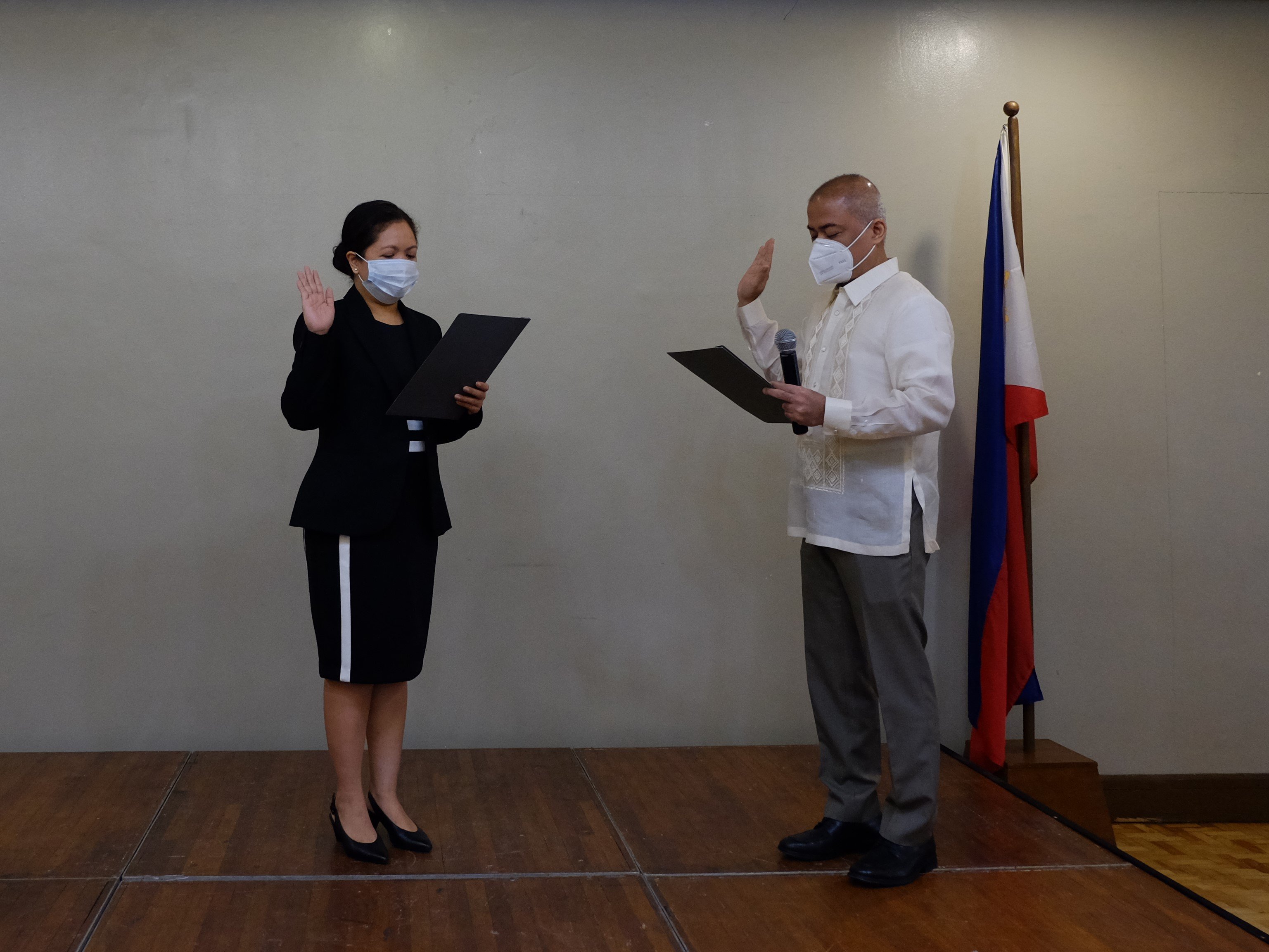Philippine Space Agency
The Philippine Space Agency (PhilSA) is the central government agency addressing all national issues and activities related to space science & technology and applications. Created under Republic Act No. 11363, or the Philippine Space Act, the PhilSA is an attached agency of the Office of the President for purposes of policy and program coordination, and to ensure alignment in national policies and priorities. Read More...






